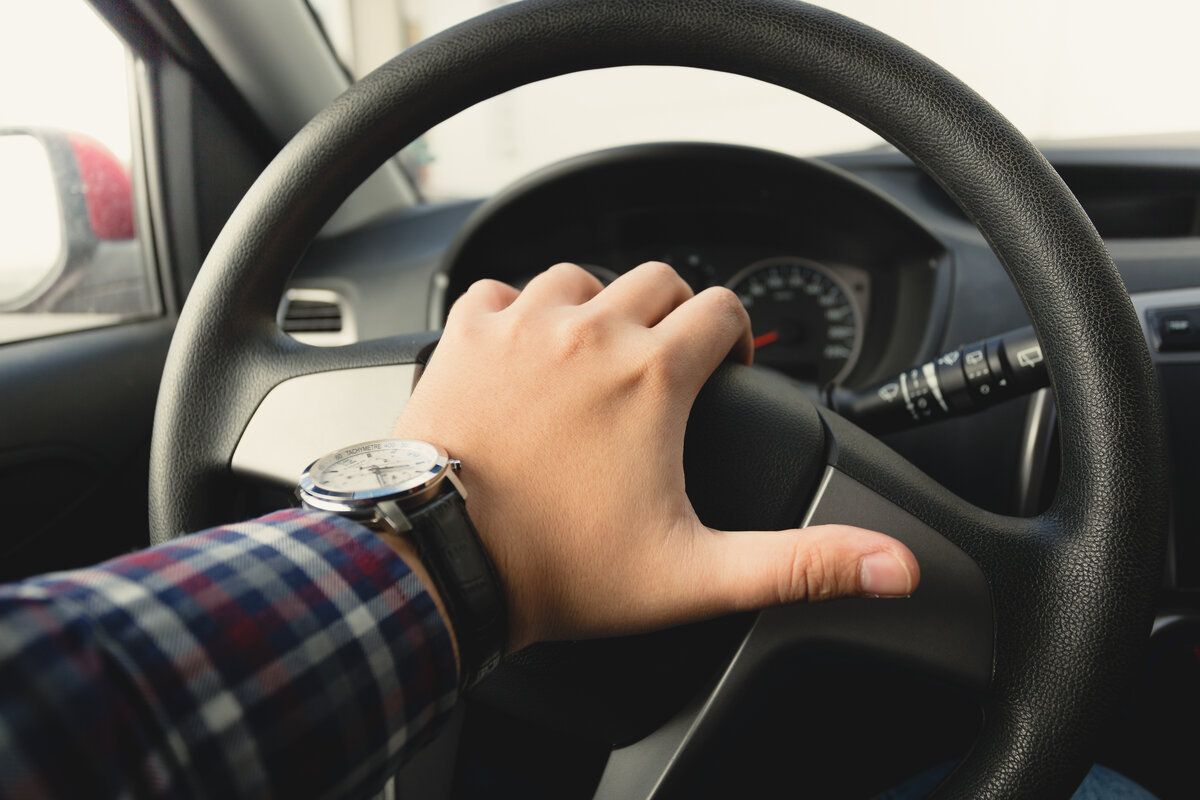Road rage can strike without notice, potentially placing you and your loved ones in harm’s way.
For those lucky enough to have never experienced it, road rage is a term used to describe aggressive and dangerous behavior exhibited by drivers on the road. It is most infamous for its connection to car accidents, as those affected by road rage are more likely to be involved in an accident than other motorists.
Understanding what constitutes road rage, and how to avoid becoming its victim, can help all motorists stay safe while driving.
Road Rage Definition
Road rage is defined as aggressive or violent behavior exhibited by drivers in response to some perceived injustice or threat while on the road.
This behavior can range from yelling and swearing, to gesturing aggressively or intentionally ramming cars with other drivers. Such behavior often has tragic consequences, causing car accidents, serious injuries, and even deaths.
The National Highway Traffic Safety Administration (NHTSA) estimates that 2 percent of all traffic fatalities are caused by road rage incidents. Of these fatalities, 75 percent involve shootings or weapons attacks between drivers. In addition, 80 percent of all car crashes are believed to result from aggression between drivers on the roads.
These road rage statistics paint a grim picture for motorists looking to get from point A to B as safely as possible. Assume road rage is a real possibility, and keep your guard up when behind the wheel.
Avoid Escalation
The best way to avoid becoming a victim of road rage is to remember that everyone needs to get somewhere safely — do not let your anger interfere with this goal. If someone else’s behavior has sparked your anger, remember that responding aggressively will not resolve anything—it will only escalate the situation further.
Instead, keep calm and be aware of your body language when driving around another driver who appears angry or hostile; avoid honking horns unnecessarily, and maintain an appropriate distance between yourself and other drivers at all times if possible.
Consider developing a short routine you can quickly deploy when triggered on the road. Deep breathing, calling a loved one to vent, or even pulling over to calm down are all great examples of effective de-escalation techniques.
For example: if you encounter someone who appears angry waiting at a red light and begins yelling obscenities at you after you pass them into another lane—give them space rather than engaging in confrontation by provoking them further with gestures or words such as shifting lanes again as they drive off after the light changes color.
Similarly, if you are cut off and feel angry—try not to follow the car too closely afterward or tailgate them for extended periods of time as doing so could provoke their hostility further, which might lead to dangerous consequences for both parties involved; instead choose to focus on getting where you need to go without any additional issues arising from riding another driver’s bumper too close behind them.
Whether suppressing road rage or avoiding it altogether, it’s essential to remember that everyone is ultimately looking for safe passage on the roads. You’d be hard-pressed to find a better example of avoidable injury and tragedy than escalated road rage incidents.
Help From a Car Accident Lawyer
If you have been involved in an accident due to an incident involving road rage, you must reach out for help right away —especially if you have sustained any personal injury due to another driver’s reckless action on the roads.
A car accident lawyer may be able to provide legal assistance in order to determine who was responsible for damaging your property (e.g., vehicle), medical expenses associated with personal injuries sustained during the incident, financial losses resulting from lost wages (if applicable), emotional pain & suffering damages related psychological trauma incurred during any altercation(s) that took place before, during, and afterward.

